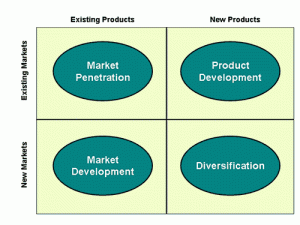First of all I would like to give a hand to Audrey for the title, “Nike: They’re Doing It“, which I think is really clever. So this post will be based on Audrey’s post regarding Nike’s domination in the marketing world, regardless the market.
I would have to agree to Audrey where she said, “When thinking of companies who have dominated the marketing world, one obvious company comes to mind for me: Nike.”, and I think that would also come in the minds of a whole lot of other people. Nike is one of the strongest brand in the world (Forbes.com), and no one can doubt that. Agreeing with Audrey’s argument that one of the measures to prove that is the success of Nike+ being a tech products by Nike, which is to an extent a diversification strategy made by Nike in order to grow internally.
In my post regarding diversification, I had stated that the success of a diversification strategy would have to heavily depend on the company’s brand image to ensure credibility of the new product(s). Nike ensured credibility based on their brand but a part of why the Nike+ was so successful is I think because Nike integrated the technologies they created with the shoes their manufacturing. This made both the Nike+ products and Nike shoes’ sales sky-rocketed. Nike is definitely a great example and inspiration when it comes to bold and meaningful marketing stunts. To finish off my post, I would like to end just the way Audrey did, with a video of a Nike commercial. This is one of my favourites.
Source:
Audrey Popa’s Blog–https://blogs.ubc.ca/audreypopa/2015/10/04/nike-theyre-doing-it/
http://www.forbes.com/pictures/fjle45ldkk/no-9-tie-nike/
https://blogs.ubc.ca/garrysbedi/2015/10/04/diversification/
http://fortune.com/2012/02/13/nikes-new-marketing-mojo/


